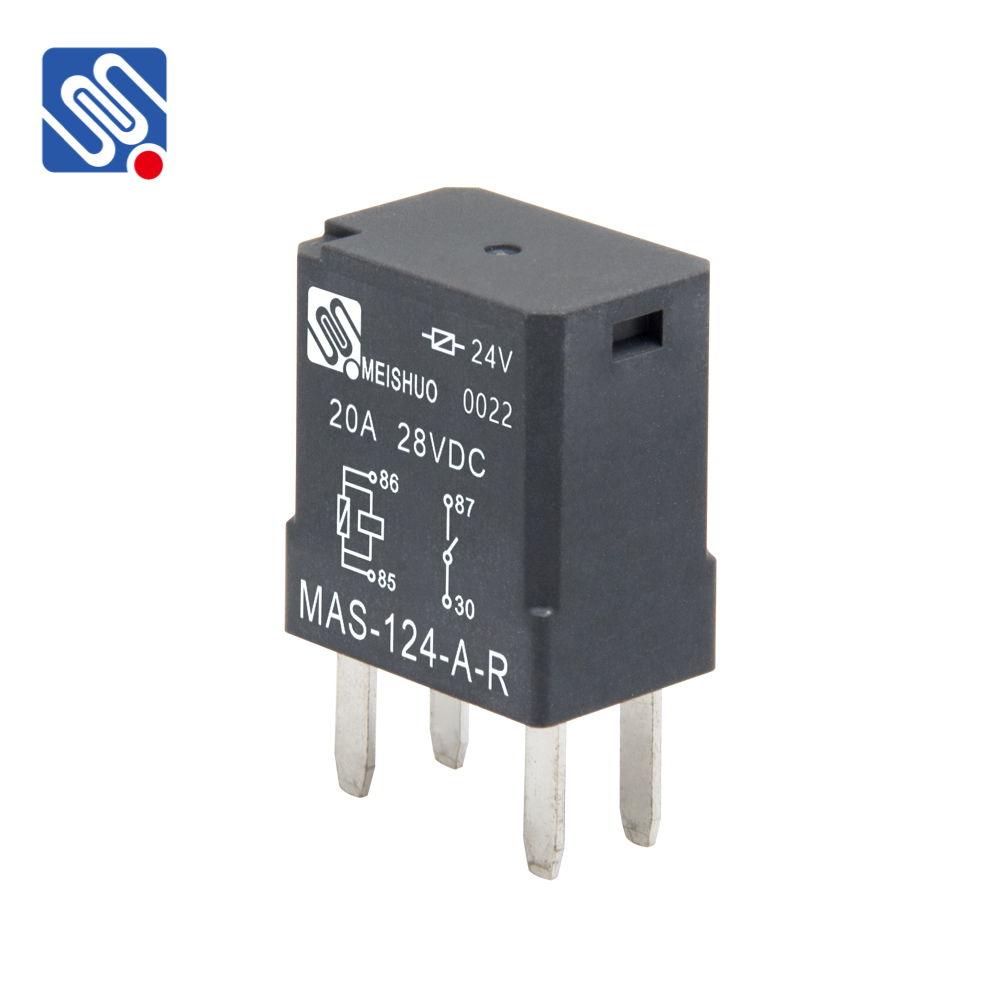Relays are vital components in the world of electrical and electronic systems, playing a crucial role in controlling higher power devices with a low-power control signal. Among the many types of relays, the 24V 30A relay is widely used due to its capability to handle substantial power loads while being controlled by a relatively low voltage signal. This article delves into the significance, working principles, applications, and key factors to consider when using a 24V 30A relay.

What is a 24V 30A Relay? A 24V 30A relay is an electromechanical switch that uses a 24V DC signal to control the switching of a circuit, capable of handling up to 30 amps of current on its output contacts. Typically, relays operate by electromagnetically pulling a contact or switch into action when a current flows through its coil. This particular relay operates at a nominal voltage of 24V DC and supports a maximum current of 30A, making it suitable for a wide range of industrial and commercial applications. How Does a 24V 30A Relay Work? The operation of a 24V 30A relay is based on the principles of electromagnetism. It consists of a coil of wire that, when energized by a 24V DC signal, generates a magnetic field. This magnetic field then attracts or repels a set of contacts, closing or opening the circuit. In its default state, the relay’s contacts may be normally open (NO) or normally closed (NC), depending on the specific design. When the relay coil is energized, the contacts either close or open, completing or breaking the flow of current to the connected load.